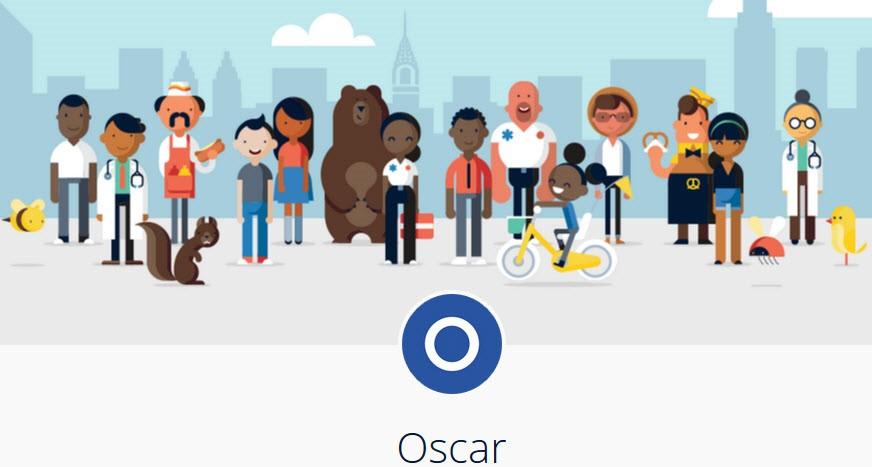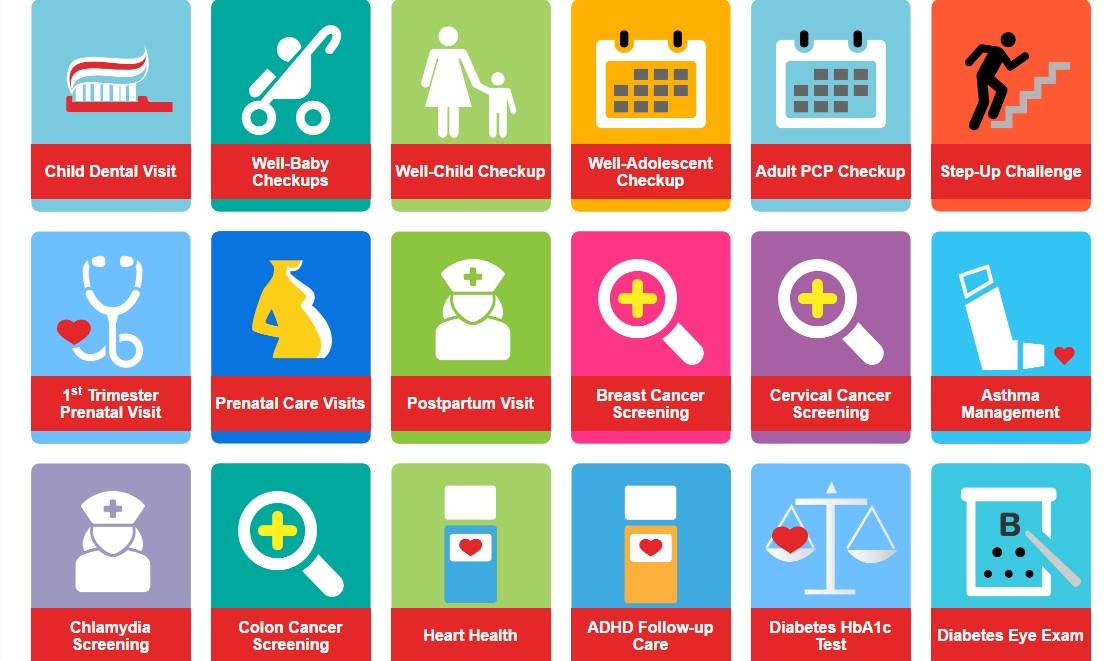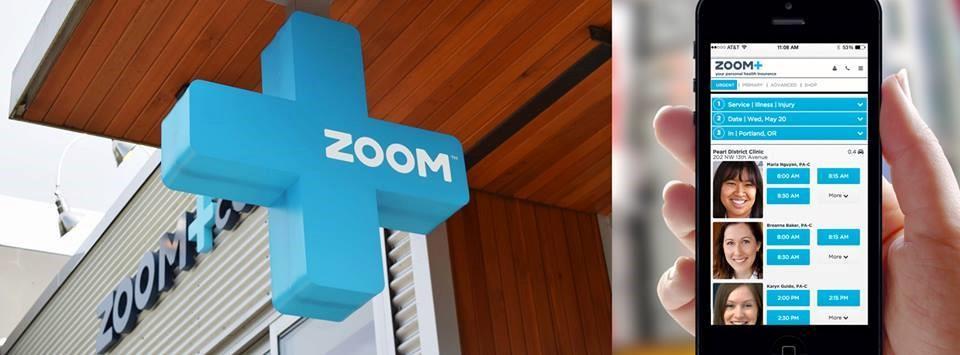

In 2010, when Former U.S. President Barack Obama signed the Affordable Care Act, commonly known as Obamacare, into law, discussions primarily revolved around its broader implications, overshadowing the specific impact on health insurance brands. Overlooked were crucial questions: How would Obamacare reshape perceptions of health insurance brands? Would it pave the way for new entrants challenging the established order in the health insurance market? And, importantly, how would the policy influence the target audiences and brand messages of health insurance brands? As we delve into these considerations, it becomes evident that the evolving landscape post-Obamacare has significant implications for insurance brands navigating a dynamic and competitive market.
In hindsight, Obamacare did all of that. Looking back, two insights that shine through:
Under Obamacare, insurers were required to accept all applicants at the same rates regardless of pre-existing conditions. To stay profitable, insurers needed to connect with as many young and healthy people as possible to offset the cost generated by accepting those with pre-existing conditions and potentially high healthcare needs. The fact that Obamacare penalized those who could afford health insurance but remained uninsured, which were often young and healthy people, revealed how little traction health insurance brands had on millennials.
For insurers, being millennial-friendly is not a strategic choice, it is a rule of survival.
But how can a health insurance brand influence millennials to choose its brand over other competitors, or to make a choice at all, when the products it is selling may not even be considered necessary?
Obamacare’s inclusion of pre-existing conditions removed the need for a health evaluation. Insurers could bypass agents or brokers and actually sell health insurance directly to people. With or without Obamacare’s online health insurance exchanges, it is only natural for health insurance brands to take on digital transformation which has been disrupting so many other industries over the years.
That begs the questions – are we finally approaching a cure for the difficult and confusing digital experience that insurers have offered for so long?
The fact that “millennial” and “digital” often go hand in hand is all the more reason why health insurance brands are required to give the two their attention at the same time. Pushed by Obamacare, some brands are doing exactly that. Let’s have a look at several notable brands and what they are doing in terms of design, messaging, and brand experience.

Oscar was a start-up founded in 2012 specifically aimed at the opportunities created by Obamacare – reaching a younger audience who often felt intimidated by the thought of purchasing a health care plan.
Oscar created its own millennial-friendly voice by rethinking their communication. It applies simple and sleek design on its website, which uses survey-based intuitive user flow to help visitors find the most suitable plan for themselves. Brief and informal language also overtakes industry jargon and lengthy descriptions.
Speaking of language, cartoon caricatures are used across communication instead of pictures of real people, a nod to the fact that emojis and memes are often time the preferred “language” over words among millennials. Even Oscar’s TV spot features a smart phone screen where a young couple texting each other about their intimidation of health insurance, allowing Oscar to position itself as a modern alternative to the old-fashioned insurers. And of course, lots of emojis are featured in the ad.
To further build its soft and friendly image among millennials, Oscar partners with WeWork, the workspace-sharing start-up, to offer free flu-shots to WeWork members, many of whom are not covered through their start-up employers, and need to enroll in a health insurance plan under Obamacare by themselves.

MetroPlus is a low-cost health insurer targeting people living in the New York City metro areas. Channeling the trend of active and healthy living among millennials, MetroPlus offers a unique healthy living reward program. Its members can get reward points after finishing a reward activity, such as completing a doctor check-up or a step-up walking challenge. The reward points can then be used to exchange healthy living products like activity tracker, electronic toothbrush, basketball, and more.
It’s an effective way to not only encourage upbeat and healthy activity and attitude, but also to increase customer engagement, especially for the younger audience.

At the end of the day, people still go to the hospitals or clinics within the network of their insurance plans to seek medical care. A good insurance plan from a trusted brand may not guarantee a good experience at the health care facility. Yet, a bad experience at the hospital guarantees a negative impact on the insurance brand, since people need the insurance company to help them identify which health care facilities are within their covered network. Insurance and care are two connected activities in terms of experience, but separated in terms of the brand.
With millennials’ needs in mind, Zoom rethinks the whole health care system by connecting health insurance and health care and putting them under a same brand with seamless digital experience. Zoom offers affordable health insurance products and health care though its Zoom+ clinics in over 30 locations in Portland.
It offers a better health care experience for millennials who usually are not heavy users of the health care systems, and expect the experience to be as efficient as possible. Its members can make same-day appointments at its clinics through a mobile app, and are usually in-and-out of the clinic within 30 minutes. The retail clinic is designed to be stylish and simple, with its prices even posted on the walls. It also opened a “performance studio” to help people reach their fitness goals, offering cooking and yoga lessons.
The door of the future seems to have opened just a crack for health insurance brands by Obamacare, where enters rays of light. Some of the takeaways for insurance brands include:
A Labbrand Group Company © 2005-2025 Labbrand All rights reserved
沪ICP备17001253号-3To improve your experience, we use cookies to provide social media features, offer you content that targets your particular interests, and analyse the performance of our advertising campaigns. By clicking on “Accept” you consent to all cookies. You also have the option to click “Reject” to limit the use of certain types of cookies. Please be aware that rejecting cookies may affect your website browsing experience and limit the use of some personalised features.